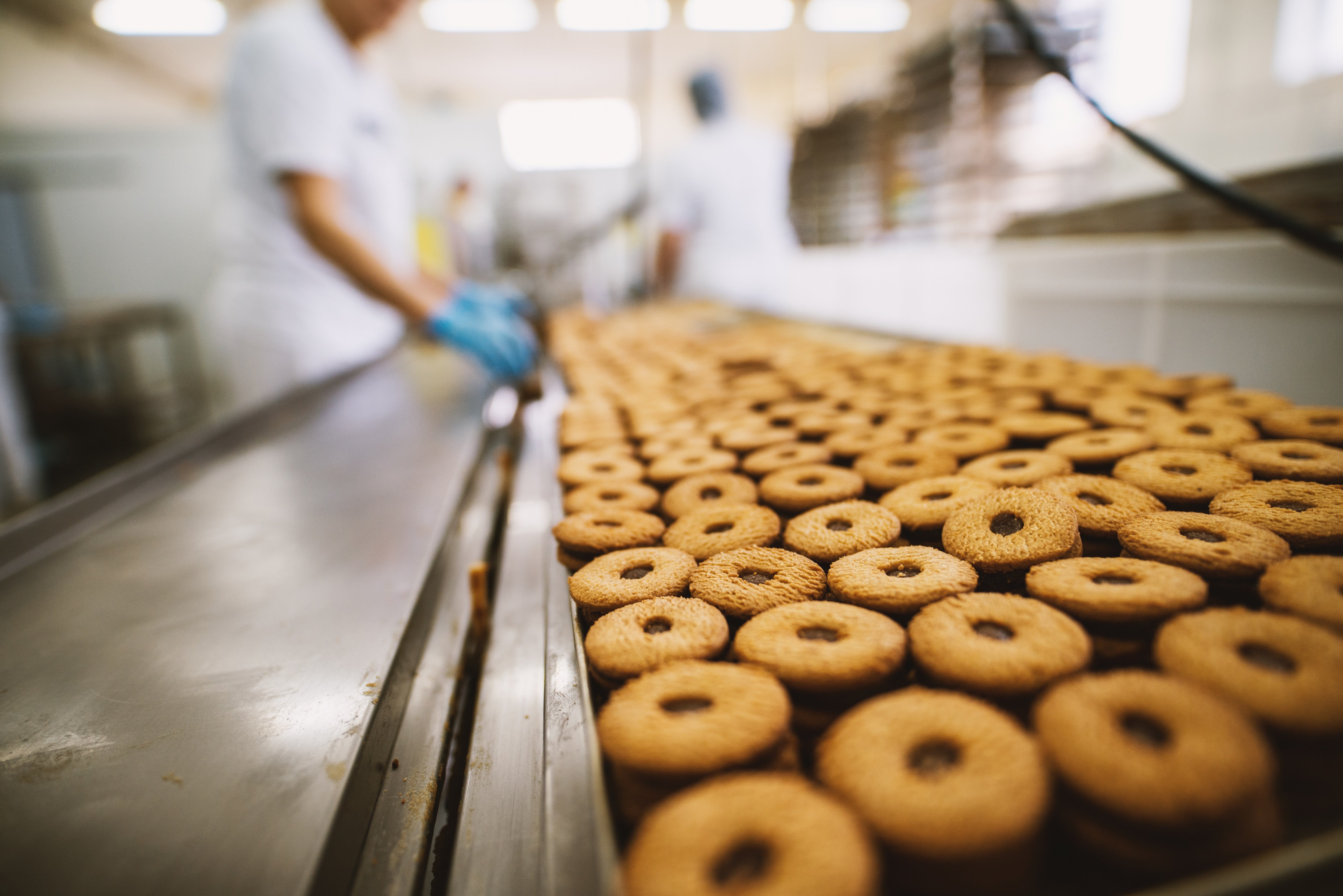Today’s digital landscape has given consumers the ability to access the world’s businesses anytime, anywhere, making it easy for them to research products or services before they place an order.
This makes it harder for businesses to identify truly unique selling points (USPs) because the chances are they’ll be another company out there that can offer the same (if not more) than them.
So, how do you differentiate yourself from an already oversaturated (and highly competitive) market? By creating an engaging customer experience that “wows” consumers, you’ll have them returning again and again. In fact, 86% of buyers are willing to pay more for a great customer experience.
In this blog, we look at 3 steps you can take to improve your customer experience in food manufacturing:
- Ensure product quality
- Use data to drive personalisation
- Review (and optimise) your customer service
1. Ensure product quality

Quality is of paramount importance to consumers – it only takes one subpar product to leave them disappointed and unlikely to return to your brand anytime soon. But rising food prices due to worldwide events like the pandemic has placed added pressure on margins, meaning businesses are restricted on how much they can spend on improving quality control.
Fortunately, there are technological tools out there that can help ensure quality while keeping labour costs low.
In food manufacturing, automation can help by:
- Boosting consistency – if programmed properly, machinery can perform the same way every time. This allows you to create the same quality product(s) over and over again which reduces the risk of problems such as product recalls
- Better accuracy – a human can go through the same process 100 times fairly consistently, but the odds of them producing 100 identical end results are bordering on impossible. With automation, you can make sure you get an accurate product every time
- Removing the chances of human error – humans make mistakes from time to time. For example, a brief lapse in concentration can lead to an incorrect measurement. Automated systems, however, remove the possibility of human error as they don’t get distracted, tired or make mistakes
Our recent blog post examined the benefits of automation which you can read here.
2. Use data to drive personalisation

Great customer experiences start and end with the voice of the customer. Technology like a customer relationship management (CRM) system can centralise all your customer information into one location. Not only does this mean you can easily view:
- Customer full names
- Email addresses
- Telephone numbers
But also critical business facts like:
- Your customer’s position in their company
- What they viewed on your website
- Their purchase history
All this data at your fingertips makes it easy to personalise your messaging to the right audience and target relevant products/services to them.
Some ways you can personalise your messaging include:
- Suggesting relevant products to your customers based on the existing data you have about them (e.g. order history)
- Using customer first names in your email marketing
- Exclusive offers based on the existing data you have about your customers
You can read more about how to build the perfect personalisation strategy by clicking here.
3. Review (and optimise) your customer service

Customer service is no longer a value-add, but a necessity. As we’ve touched on already, it only takes one bad experience with your business for a customer to turn its back on your brand and never return.
Some ways you can improve customer service in food manufacturing include:
Adding new customer service channels
More customers now expect food manufacturers to be available instantly through channels like email and live chat. Companies are increasingly meeting this demand, with just over half of them saying they now use at least eight channels to interact with customers. So, chances are, if you’re not offering multi-channel support, you’re falling behind the competition.
Leverage advanced technology
In addition to technology like artificial intelligence (AI) and the Internet of Things (IoT), food manufacturers should also be looking at other forms of tech like virtual reality (VR) and augmented reality (AR). VR and AR can be used to collaborate with customers and help them diagnose/fix issues remotely without having to send a field service technician on-site.
Food manufacturers can even set up regular training sessions for customers on how to use their equipment better and give details on new equipment upgrades all without having to be physically present.
Putting your customers in control
While there’s a need for your customer service team to be more people-centric, there are times when your customers might want to solve simple problems faster and without any kind of human interaction.
In fact, 67% of customers today prefer self-service over speaking to a company representative. Creating a detailed knowledge base can help your customers find information, troubleshoot problems and resolve them, all without your customer service team having to step in.
Your ultimate guide to customer service and experience
The world now is gearing towards a customer-centric approach where customer satisfaction and happiness are key to ensuring loyalty and return.
In our guide, we cover everything you need to know about customer service and experience, from the differences between them, how they link together and how to improve both.
Download it below.

